Commentaries
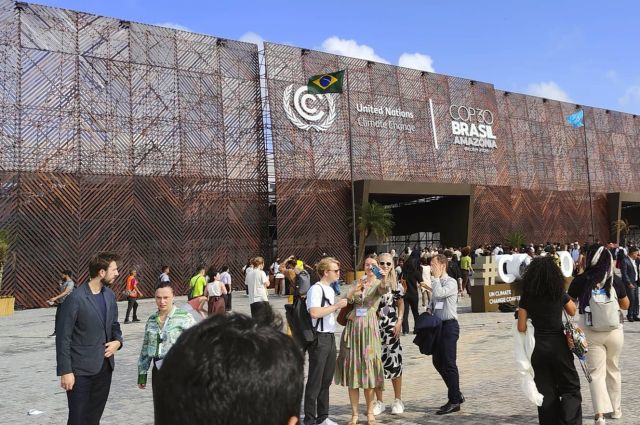
No further climate ambition, promises for affordable housing
Matti Kuittinen (Aalto University) reflects on his experience of attending the 2025 UN Conference of the Parties in Belém, Brazil. The roadmaps and commitments failed to deliver the objectives of the 2025 Paris Agreement. However, 2 countries - Japan and Senegal - announced they are creating roadmaps to decarbonise their buildings. An international group of government ministers put housing on the agenda - specifying the need for reduced carbon and energy use along with affordability, quality and climate resilience.

Overview and reflections on key built environment research challenges raised in B&C's anniversary essays
Raymond J. Cole (University of British Columbia) reflects on the key challenges raised in the 34 commissioned essays for Buildings & Cities 5th anniversary. Not only are key research issues identified, but the consequences of changing contexts for conducting research and tailoring its influence on society are highlighted as key areas of action.
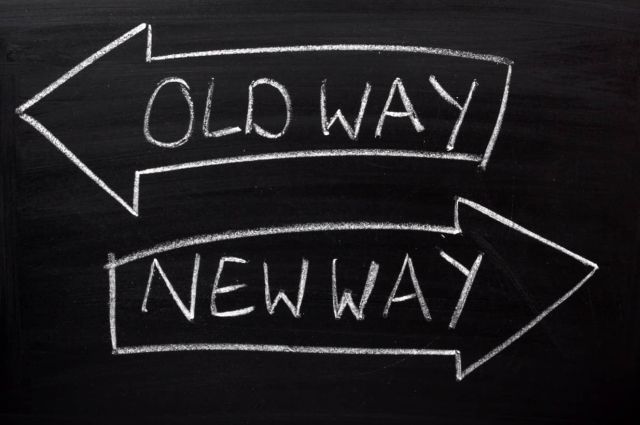
Rethinking the building code means including performance objectives to limit damage and increase redundancy
Mary C. Comerio (University of California, Berkeley) explains why disaster recovery must begin well before a disaster occurs. The goal is to reduce the potential for damage beforehand by making housing delivery (e.g. capabilities and the physical, technical and institutional infrastructures) both more resilient and more capable of building back after disasters.
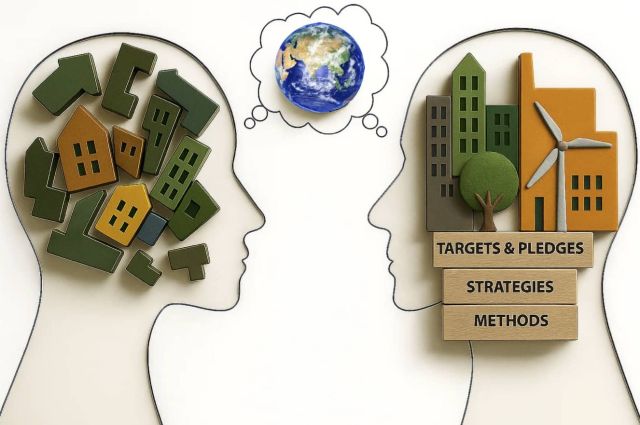
Why policymakers should create mitigation roadmaps for construction and real estate
To achieve net zero GHG emissions by mid-century (the Breakthrough Agenda) it is vital to establish explicit sector-specific roadmaps and targets. With an eye to the forthcoming COP30 in Brazil and based on work in the IEA EBC Annex 89, Thomas Lützkendorf, Greg Foliente and Alexander Passer argue why specific goals and measures for building, construction and real estate are needed in the forthcoming round of Nationally Determined Contributions (NDC 3.0).
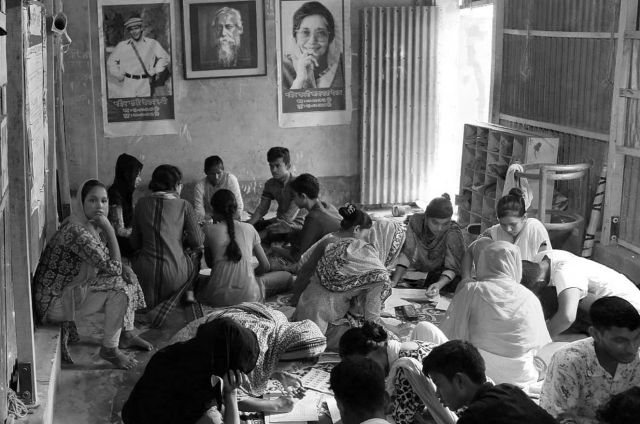
How can a self-organised initiative in an informal settlement foster community engagement and confront social issues?
While Living Labs are often framed as structured, institutionalised spaces for innovation, Sadia Sharmin (Habitat Forum Berlin) reinterprets the concept through the lens of grassroots urban practices. She argues that self-organised knowledge spaces can function as Living Labs by fostering situated learning, collective agency, and community resilience. The example of a Living Lab in Bangladesh provides a model pathway to civic participation and spatial justice.
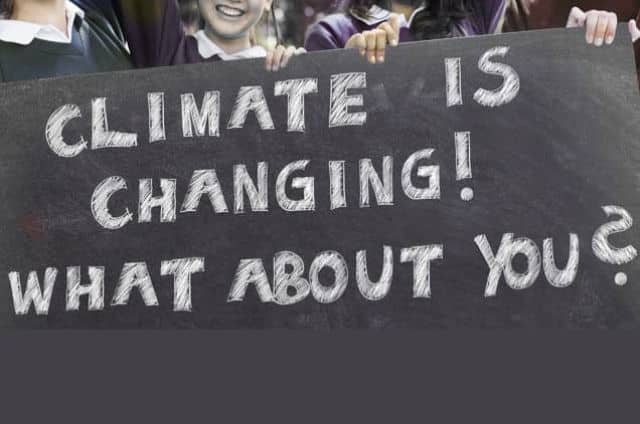
Why the built environment research community is vital for policy and strategy implementation
Thomas Lützkendorf (Karlsruhe Institute of Technology) explains how the research community has helped to change the climate change policy landscape for the construction and real estate sectors, particularly for mitigating GHG emissions. Evidence can be used to influence policy pathways and carbon budgets, and to develop detailed carbon strategies and implementation. A key challenge is to create a stronger connection between the requirements for individual buildings and the national reduction pathways for the built environment.

Strategies for decolonising street names: top-down by city authorities or bottom-up by local communities?
During colonialisation, street names were drawn from historical and societal contexts of the colonisers. Street nomenclature deployed by colonial administrators has a role in legitimising historical narratives and decentring local languages, cultures and heritage. Buyana Kareem examines street renaming as an important element of decolonisation.

Nature-based design, combined with the transformation of underlying worldviews, can enhance urban resilience.
Increasing vegetation and green and blue spaces in cities can support both climate change mitigation and adaptation goals, while also enhancing biodiversity and ecological health. Maibritt Pedersen Zari (Auckland University of Technology) explains why nature-based solutions (NbS) must be a vital part of urban planning and design.

Why a coordinated programme of built environment research needs to be based on the public good
Gavin Killip and Kate Simpson (Nottingham Trent University) propose a coordinated research programme of field trials to create a focus for iterative learning about outcomes in the built environment, for the public good. They explain why a transdisciplinary programme is needed and seven key characteristics of the programme are proposed.

How to decide which research challenge to address
How should researchers decide which challenge and issues to address? Marcel Schweiker (RWTH Aachen University) considers the challenges for built environment researchers and reflects on how individuals can make decisions about their own research priorities and portfolios.

Why a new approach to sustainable development is needed.
Alice Moncaster (University of the West of England) reflects on the lack of progress in sustainable development over several decades. This failure is argued to be linked to how sustainable development has been framed: the separation of technical issues from social justice and equity. Understanding, involving and empowering communities (and wider society) is the key to making progress and achieving sustainable development goals.
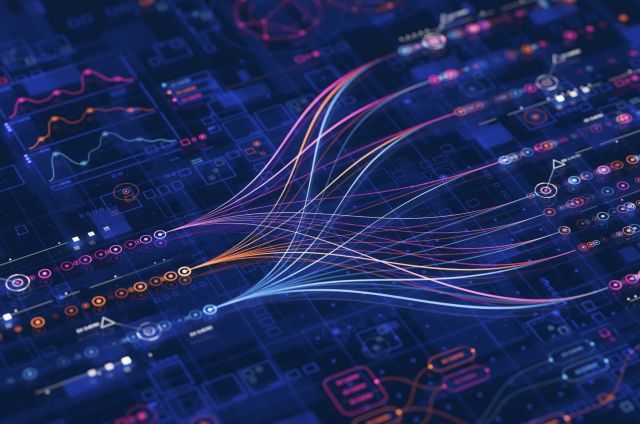
How building research can harness AI for mass decarbonisation
Ten years ago, it was rare to read building science papers referencing learning algorithms, sensor networks, cloud computing or digital twins. Now, data-driven techniques are at the core of building decarbonisation research, generating both new opportunities and new risks. Jenn McArthur (Toronto Metropolitan University) reflects on how the rise of artificial intelligence (AI) is transforming building decarbonisation research.

Understanding the interactions between urban form, outdoor and indoor spaces, and local climate requIres interdisciplinary interaction
Gerald Mills (University College Dublin) considers the big challenges for cities amid global climate change (GCC) and discusses the need for an inter-disciplinary approach among urban climate sciences to overcome obstacles. A distinction is made between global climate science, which focusses on Earth-scale outcomes, and urban climate science, which refers to processes and impacts at city-scales, including buildings, streets and neighbourhoods.
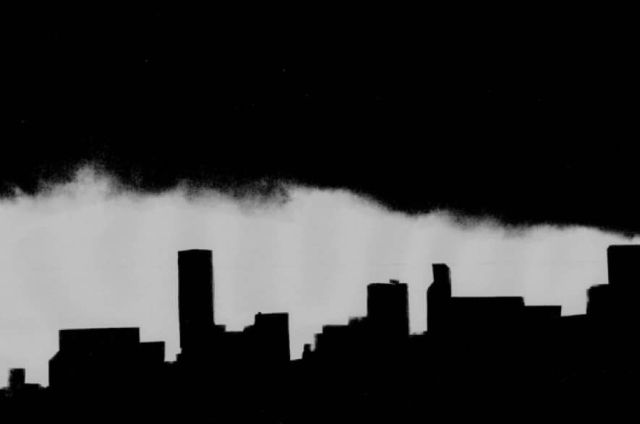
Why large cities will need to contract or be abandoned altogether
William E. Rees (University of British Columbia) explains why urbanisation has been a significant contributor to ecological overshoot (when human consumption and waste generation exceeds the regenerative capacity of supporting ecosystems) and climate change.1 Civil society needs to begin designing a truly viable future involving a 'Plan B' for orderly local degrowth of large cities.

Why the next industrial revolution needs to be based on nature and not "technology"
Over the past 50 years the world has seen countless summits and agreements to reduce carbon emissions and prevent ecological overshoot. We have seen widespread adoption of the SDGs, a rapid shift to renewable energy, and numerous urban planning strategies to create biodiversity corridors, rewild rivers, and enable public and non-motorised transport options. However, appearances are deceiving. Chrisna du Plessis (University of Pretoria) considers the challenge of how to foster an ecological civilization in a world obsessed with technological innovation.
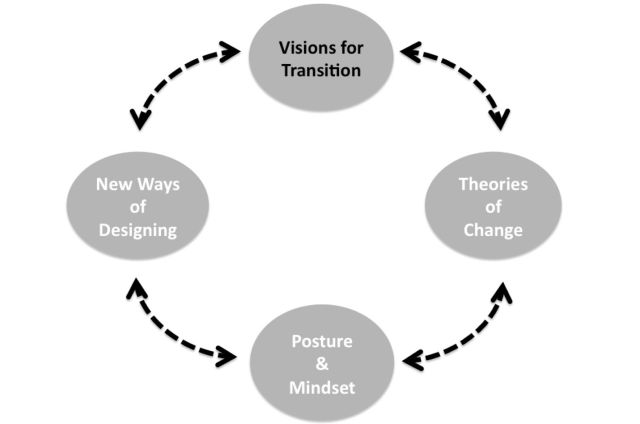
Both research and practice have a key role in developing positive, shared visions for the built environment
Doina Petrescu (University of Sheffield) explains how design research and architectural practice can respond to multiple crises (resource depletion, overconsumption, climate change, biodiversity loss, etc). By developing new shared visions of how to live it is possible to create a future built environment that is just and equitable.

Why a just transition to sustainable cities depends on quality, affordable housing
As city populations grow, a critical current and future challenge for urban researchers is to provide compelling evidence of the medium- and long-term co-benefits of quality, low-carbon affordable housing and compact urban design. Philippa Howden-Chapman (University of Otago) and Ralph Chapman (Victoria University of Wellington) explain why systems-based, transition-oriented research on housing and associated systemic benefits is needed now more than ever.

Why urban innovation is not enough to create sustainable cities
Andrew Karvonen (Lund University) explains why innovation has limitations for achieving systemic change. What is also needed is a process of unmaking (i.e. phasing out existing harmful technologies, processes and practices) whilst ensuring inequalities, vulnerabilities and economic hazards are avoided. Researchers have an important role to identify what needs dismantling, identify advantageous and negative impacts and work with stakeholders and local governments.
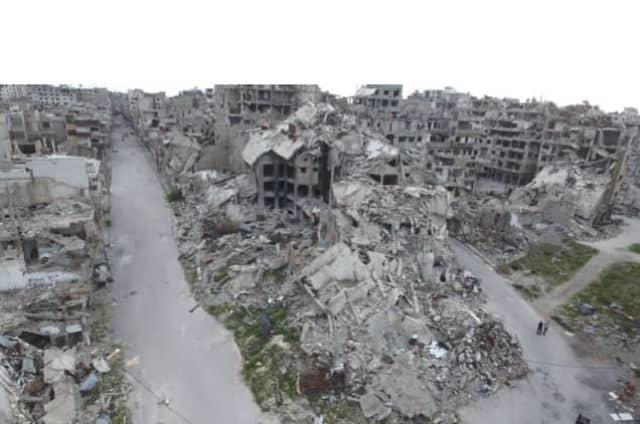
The destruction of cultural heritage is a war crime. Should peacetime destruction or displacement be a crime too?
Civil society is understandably horrified by catastrophic loss of cultural, societal and historically important architecture and communities during wartime. But when this happens more piecemeal or by less visibly aggressive means in peacetime, we seem able to ignore it, even where it occurs at scale. Ian Cooper argues that greater protection needs to be provided to built environment and to the people who live there to avoid their displacement.

Observations from 15 years of built environment reuse research about how change occurs
Satu Huuhka (Tampere University) reflects on why the needed changes in practice are often slow and difficult in the building sector even when proved beneficial. Overcoming this inertia and accelerating widespread change requires a coordinated multi-level approach. The research agenda must not only be to produce new technology and practices but also to facilitate its uptake. This calls for understanding and addressing societal structures and collective behaviours: regulation and policy, market and industry structures and infrastructures, as well as education and culture.
Latest Peer-Reviewed Journal Content
A framework for 1.5°C-aligned GHG budgets in architecture
G Betti, I Spaar, D Bachmann, A Jerosch-Herold, E Kühner, R Yang, K Avhad & S Sinning
Net zero retrofit of the building stock [editorial]
D Godoy-Shimizu & P Steadman
Co-learning in living labs: nurturing civic agency and resilience
A Belfield
The importance of multi-roles and code-switching in living labs
H Noller & A Tarik
Researchers’ shifting roles in living labs for knowledge co-production
C-C Dobre & G Faldi
Increasing civic resilience in urban living labs: city authorities’ roles
E Alatalo, M Laine & M Kyrönviita
Co-curation as civic practice in community engagement
Z Li, M Sunikka-Blank, R Purohit & F Samuel
Preserving buildings: emission reductions from circular economy strategies in Austria
N Alaux, V Kulmer, J Vogel & A Passer
Urban living labs: relationality between institutions and local circularity
P Palo, M Adelfio, J Lundin & E Brandão
Living labs: epistemic modelling, temporariness and land value
J Clossick, T Khonsari & U Steven
Co-creating interventions to prevent mosquito-borne disease transmission in hospitals
O Sloan Wood, E Lupenza, D M Agnello, J B Knudsen, M Msellem, K L Schiøler & F Saleh
Circularity at the neighbourhood scale: co-creative living lab lessons
J Honsa, A Versele, T Van de Kerckhove & C Piccardo
Positive energy districts and energy communities: how living labs create value
E Malakhatka, O Shafqat, A Sandoff & L Thuvander
Built environment governance and professionalism: the end of laissez-faire (again)
S Foxell
Co-creating justice in housing energy transitions through energy living labs
D Ricci, C Leiwakabessy, S van Wieringen, P de Koning & T Konstantinou
HVAC characterisation of existing Canadian buildings for decarbonisation retrofit identification
J Adebisi & J J McArthur
Simulation and the building performance gap [editorial]
M Donn
Developing criteria for effective building-sector commitments in nationally determined contributions
P Graham, K McFarlane & M Taheri
Reimagining circularity: actions for optimising the use of existing buildings
R Lundgren, R Kyrö, S Toivonen & L Tähtinen
Effective interdisciplinary stakeholder engagement in net zero building design
S Vakeva-Baird, F Tahmasebi, JJ Williams & D Mumovic
Metrics for building component disassembly potential: a practical framework
H Järvelä, A Lehto, T Pirilä & M Kuittinen
The unfitness of dwellings: why spatial and conceptual boundaries matter
E Nisonen, D Milián Bernal & S Pelsmakers
Environmental variables and air quality: implications for planning and public health
H Itzhak-Ben-Shalom, T Saroglou, V Multanen, A Vanunu, A Karnieli, D Katoshevski, N Davidovitch & I A Meir
Exploring diverse drivers behind hybrid heating solutions
S Kilpeläinen, S Pelsmakers, R Castaño-Rosa & M-S Miettinen
Urban rooms and the expanded ecology of urban living labs
E Akbil & C Butterworth
Living with extreme heat: perceptions and experiences
L King & C Demski
A systemic decision-making model for energy retrofits
C Schünemann, M Dshemuchadse & S Scherbaum
Modelling site-specific outdoor temperature for buildings in urban environments
K Cebrat, J Narożny, M Baborska-Narożny & M Smektała
Understanding shading through home-use experience, measurement and modelling
M Baborska-Narożny, K Bandurski, & M Grudzińska
Building performance simulation for sensemaking in architectural pedagogy
M Bohm
Beyond the building: governance challenges in social housing retrofit
H Charles
Heat stress in social housing districts: tree cover–built form interaction
C Lopez-Ordoñez, E Garcia-Nevado, H Coch & M Morganti
An observational analysis of shade-related pedestrian activity
M Levenson, D Pearlmutter & O Aleksandrowicz
Learning to sail a building: a people-first approach to retrofit
B Bordass, R Pender, K Steele & A Graham
Market transformations: gas conversion as a blueprint for net zero retrofit
A Gillich
Resistance against zero-emission neighbourhood infrastructuring: key lessons from Norway
T Berker & R Woods
Megatrends and weak signals shaping future real estate
S Toivonen
A strategic niche management framework to scale deep energy retrofits
T H King & M Jemtrud
Generative AI: reconfiguring supervision and doctoral research
P Boyd & D Harding
Exploring interactions between shading and view using visual difference prediction
S Wasilewski & M Andersen
How urban green infrastructure contributes to carbon neutrality [briefing note]
R Hautamäki, L Kulmala, M Ariluoma & L Järvi
Implementing and operating net zero buildings in South Africa
R Terblanche, C May & J Steward
Quantifying inter-dwelling air exchanges during fan pressurisation tests
D Glew, F Thomas, D Miles-Shenton & J Parker
Western Asian and Northern African residential building stocks: archetype analysis
S Akin, A Eghbali, C Nwagwu & E Hertwich
Join Our Community

The most important part of any journal is our people – readers, authors, reviewers, editorial board members and editors. You are cordially invited to join our community by joining our mailing list. We send out occasional emails about the journal – calls for papers, special issues, events and more.
We will not share your email with third parties. Read more

Latest Commentaries
COP30 Report
Matti Kuittinen (Aalto University) reflects on his experience of attending the 2025 UN Conference of the Parties in Belém, Brazil. The roadmaps and commitments failed to deliver the objectives of the 2025 Paris Agreement. However, 2 countries - Japan and Senegal - announced they are creating roadmaps to decarbonise their buildings. An international group of government ministers put housing on the agenda - specifying the need for reduced carbon and energy use along with affordability, quality and climate resilience.
Building-Related Research: New Context, New Challenges
Raymond J. Cole (University of British Columbia) reflects on the key challenges raised in the 34 commissioned essays for Buildings & Cities 5th anniversary. Not only are key research issues identified, but the consequences of changing contexts for conducting research and tailoring its influence on society are highlighted as key areas of action.